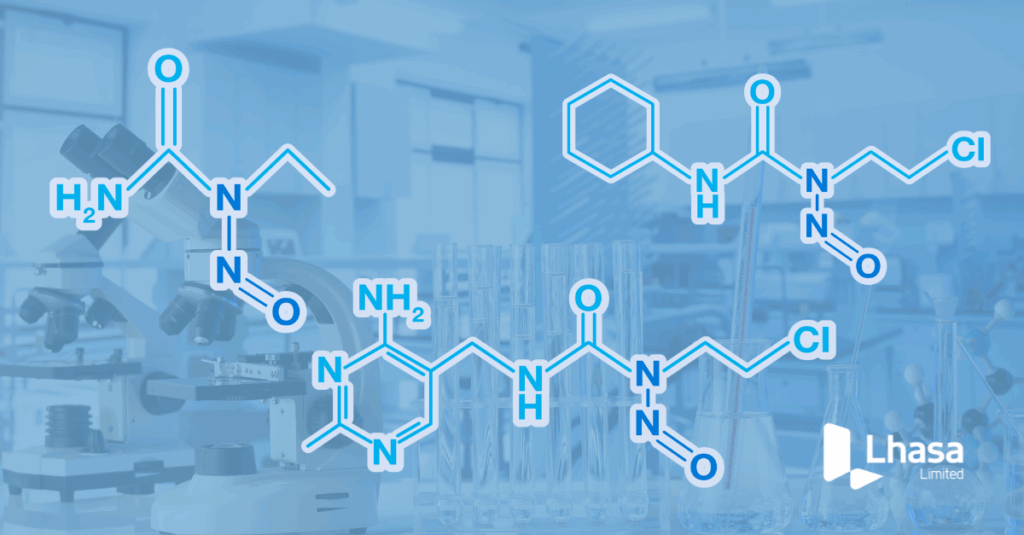ICH Q3E – what the new E&L draft guideline means for you
The release of the ICH Q3E for public consultation marks a significant milestone for the pharmaceutical industry. It sets out a harmonised, risk-based framework for the assessment and control of organic impurities that migrate from packaging or manufacturing components into a final drug. For years, organisations navigated a complex web of regional expectations for extractables […]
ICH Q3E – what the new E&L draft guideline means for you Read More »




